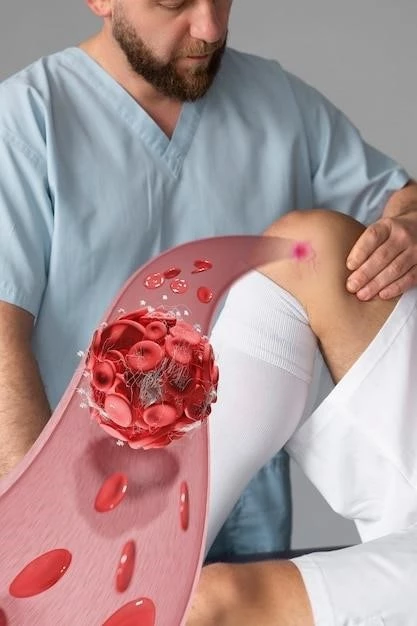Early symptoms may include abdominal pain, weight loss, fatigue, and jaundice.
Common Symptoms
Early symptoms of angiosarcoma of the liver may include abdominal pain, weight loss, fatigue, jaundice, and a feeling of fullness in the abdomen. As the condition progresses, other signs like anemia, easy bruising, and swelling may develop.
The exact causes of liver angiosarcoma are not well understood; however, exposure to certain chemicals, radiation, or chronic liver conditions may play a role in its development.
Possible Causes
Liver angiosarcoma may be caused by exposure to vinyl chloride, arsenic, thorium dioxide, or radiation. Chronic liver diseases such as hemochromatosis or hepatic cirrhosis could also be contributing factors to the development of this rare cancer.
Main Treatment Approaches
Treatment options for liver angiosarcoma typically include surgery to remove the tumor, chemotherapy, and radiation therapy. In some cases, liver transplantation or targeted drug therapy may be considered to manage the condition.
Factors Affecting Prognosis
The prognosis of liver angiosarcoma can be influenced by the stage of the cancer at diagnosis, the size and location of the tumor, the overall health of the patient, and the response to treatment. Early detection and multidisciplinary care can improve outcomes.
Common Risk Factors
Some common risk factors associated with the development of liver angiosarcoma include exposure to environmental toxins like vinyl chloride, arsenic, and thorium dioxide, as well as underlying liver conditions such as hemochromatosis or cirrhosis.
Diagnostic Procedures
Diagnosing liver angiosarcoma often involves imaging tests like CT scans, MRI scans, and ultrasounds to visualize the tumor. A biopsy may be conducted to confirm the presence of angiosarcoma cells in the liver tissue.
Types of Surgeries
Surgical interventions for liver angiosarcoma may involve procedures like liver resection to remove the tumor, liver transplant in some cases, or palliative surgeries to improve symptoms. The type of surgery depends on the size and location of the tumor.
Ongoing Research Areas
Current research on liver angiosarcoma focuses on exploring targeted therapies, immunotherapies, and personalized treatment approaches. Studies also aim to understand the genetic factors that contribute to the development and progression of this rare cancer.

